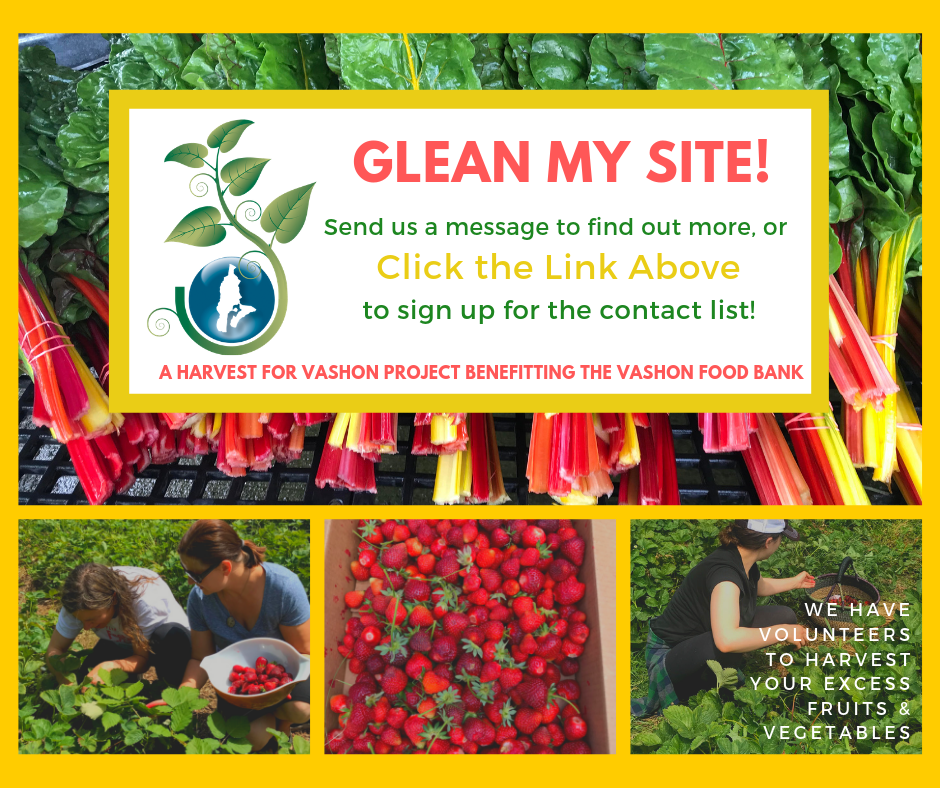How Can We Help?
You are here:
< All Topics

An Abundance of Fruit
Effective gleaning programs frequently run into this problem each harvest season: all of the apple, pear, or plum trees ripen at the same time, and an organization gets overwhelmed with more produce than clients can take. Here are some tips for making use of extra produce in order to reduce overall food waste in your community:
- Explore opportunities for your organization to begin processing extra fruit into shelf or freezer stable products. Be aware that processed foods being distributed to the public through a food bank or other hunger reduction program need to follow clear standards set by the local health department. Extra produce can easily be dehydrated into fruit chips or fruit leather. Greens, berries, and other fruit can be cut and put into plastic bags for frozen smoothie packs.
- Hold a cider pressing event and invite the community to bring their own empty containers to partake. Obtaining a temporary event permit is easier than setting up a commercially-certified kitchen, and cider-presses are great at getting rid of huge amounts of apples and pears. Consider charging a small fee for folks to press their own apples to turn the event into a program fundraiser. Be sure to supply disclaimers about the risks of drinking unpasteurized cider, especially for folks with compromised immune systems.
- The easiest option to get rid of large amounts of produce is to encourage members of the public- food bank clients or otherwise- to take as much as they’d like. Food banks in particular are prone to promoting a scarcity mentality that reinforces the idea that there’s only so much of a desirable product to go around. Use signage in multiple languages to invite folks to take as much as they’d like, and provide paper bags. Better yet, provide simple recipes for clients to take home on how to make a batch of stovetop applesauce or pear crumble using ingredients they can find at the food bank.
- Partner with other nonprofits in your community who have the capacity to offer a bowl of free fruit on the counter. Popular organizations might include a local social services center, a youth center, a senior center, or a domestic violence shelter. Scout the local thrift shop for appropriate fruit bowls, and put a small sign on the bowl advertising that the fruit is provided free by your gleaning program and associated organization.
- As a last-case scenario, create relationships with local animal farmers or horse-owners to see if the fruit can be given as supplemental feed. These relationships can yield valuable future volunteer or donor relations, and positive community partnerships stand to benefit your gleaning program.


